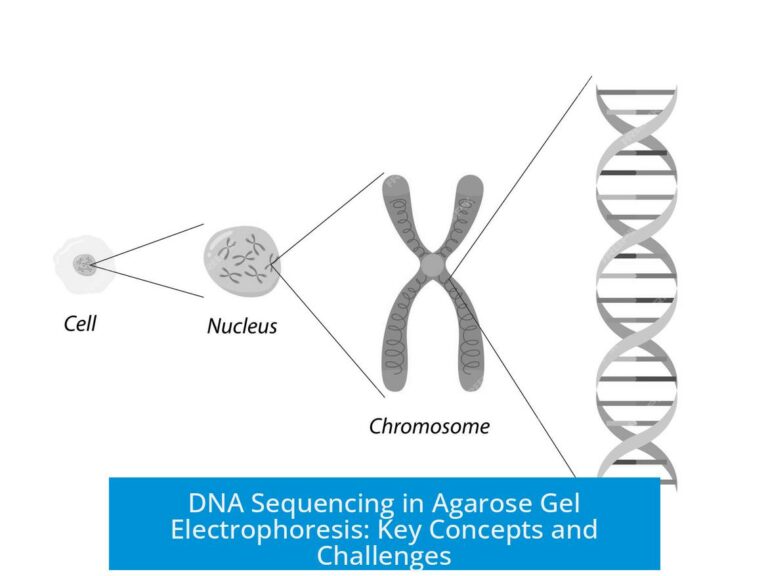Modelling a Cell Membrane

Modelling a cell membrane involves representing its fundamental lipid bilayer structure using various approaches such as lipid nanodiscs, spherical liposomes, or planar bilayers. These models help capture the membrane’s physical and biochemical properties for experimental and computational studies.
1. Lipid Bilayer Models
Two main physical models simulate the lipid bilayer arrangement found in cell membranes:
- Lipid Nanodiscs: These are disk-shaped lipid bilayers, typically composed of specific, uniform lipids rather than mixed types. Nanodiscs provide a stable and well-defined platform for studying membrane proteins and interactions. They mimic a small patch of the membrane and offer experimental control over composition.
- Spherical Lipid Bilayers (Liposomes): Liposomes form when phospholipids self-assemble into closed spherical bilayers in aqueous environments. They resemble cell membranes’ curvature and can encapsulate substances, making them useful for drug delivery studies and membrane dynamics.
Each model highlights different membrane aspects: nanodiscs focus on planar bilayer regions with controlled lipid types, while liposomes represent curved membranes with encapsulation abilities.
2. Complexity of the Plasma Membrane
The plasma membrane contains a diverse mixture of lipids and proteins. This molecular complexity challenges accurate modelling. Different lipid types, including phospholipids, cholesterol, and glycolipids, coexist along with integral and peripheral proteins. This diversity affects membrane fluidity, thickness, and functionality. Incorporating these variables adds realism but increases modelling difficulty.
3. Practical and Computational Tools
- CHARMM-GUI: This web-based interface facilitates computational modelling of lipid bilayers and membranes. It supports building bilayer systems with customizable lipid compositions and integrates with molecular dynamics simulations. CHARMM-GUI simplifies system setup for theoretical studies.
- Planar Bilayers in Containers: Experimentally, planar lipid bilayers can be formed by introducing phospholipids into containers with small holes. The holes enable phospholipids to align and form bilayers, useful for biophysical measurements and membrane-protein interaction studies.
4. Community Resources
For specialized or more detailed discussions on membrane modelling, biochemistry forums and communities such as r/Biochemistry offer a place to share insights and questions.
| Model Type | Shape | Key Feature |
|---|---|---|
| Lipid Nanodiscs | Disk-shaped | Uniform lipid composition, planar |
| Liposomes | Spherical | Curved bilayer, encapsulation ability |
| Planar Bilayers in Containers | Planar | Formed via holes, experimental platform |
Key Takeaways
- Cell membranes can be modelled as lipid nanodiscs, spherical liposomes, or planar bilayers.
- Membrane complexity arises from diverse lipids and proteins, complicating accurate modelling.
- CHARMM-GUI provides computational tools for building membrane systems.
- Experimental methods include forming planar bilayers in containers with holes.
- Online communities support further discussion on specialized membrane modelling topics.





Leave a Comment